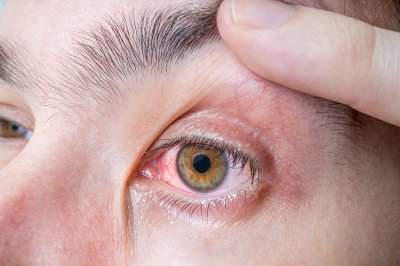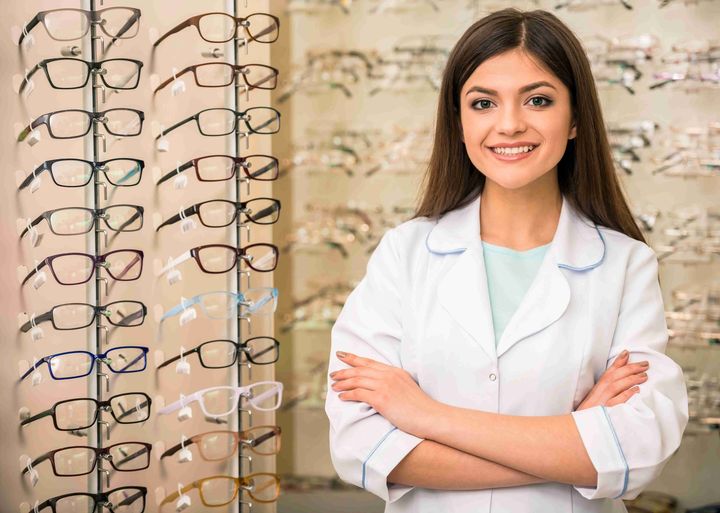Selecting the right glasses may be a daunting task for many people as there are many factors that one needs to consider in the selection of eyewear be it for vision correction or fashion. From the consideration of the frames to the color and tone of glasses and the materials used, it is important to be critical in the selection process to ensure that you get the right eyewear.
This article focuses on the selection of eyewear and provides a general guideline as to what to look out for when selecting the right eyewear. You can also get more information from eye doctors in Seattle.
Factors to consider in the selection of Eyewear
The following are the key factors to consider in the selection of eyewear.
1. Vision Condition
First, one needs to consider their vision condition before starting the selection process. The first factor that you need to consider is your age and general eye condition: previous injuries, existing eye disease, and previous corrective surgeries (e.g. cataracts, refractive errors) or delayed visual development should be taken into consideration when selecting eyewear for vision correction or fashion.
2. The shape and size of your face
The shape and size of your face should be considered when selecting eyewear as it is important to choose a pair of glasses that complements the shape and size of your face. Eyewear designers have created some effective frames that suit various face shapes such as heart-shaped, oval, square, round, and rectangle.
3. The function of the glasses
When selecting glasses for fashion or vision correction purposes, one needs to consider their daily activities and the type of work they are involved in and select eyewear according to their activities. For example, for fashion purposes, you may select eyewear suitable for a given occasion. For work purposes, eyewear should be selected according to the type of work you are involved in such as working in the garden, indoor activities like computer or office work, and also outdoor activities like driving a vehicle.
4. The coloring and tone of the eyeglasses
The coloration of your eyes may also be considered when selecting eyewear for fashion or vision correction purposes as some colors suit some people better than others.
The tone of your skin can also be taken into consideration when selecting glasses as it is important to find a color that complements your skin tone.
5. Consideration of materials
Many different materials are used to manufacture eyewear and the material you choose should be based on the activity or style you wish to achieve. For example, glasses made from plastic material may not score high in terms of fashion but they are affordable and do not break easily.
While choosing eyeglass frames for vision correction purposes you should consider materials such as metal, acrylic, and plastic.
6. Type of lenses
When selecting lenses for glasses, one should consider the type of lens according to the activity you are involved in. For example, if you are involved in activities that require a lot of dust and dirt then it may be wise to select anti-glare lenses. The weight and thickness of glasses should also be considered as this will impact the frame selected and how the frame fits.
7. Fit
In order to determine the right fit for your glasses, ensure that the glasses are comfortable and do not slip when you wear them. The eyewear should not hurt the ears, nose, or cheeks when worn.
8. Budget
The purchase of eyewear can be expensive especially if you require a high-quality pair for vision correction purposes, but one should consider how much they are willing to spend on their eyeglasses and set a budget accordingly.
Bottom line
The above factors are the key considerations that one needs to take into consideration when selecting eyewear for vision correction or fashion. Once these factors have been considered you can now narrow down your choices and purchase a pair of eyeglasses for you. This article has given a general guideline as to what to consider when selecting eyewear for fashion or vision correction purposes, however, be sure to consult with your optician before acquiring glasses.



